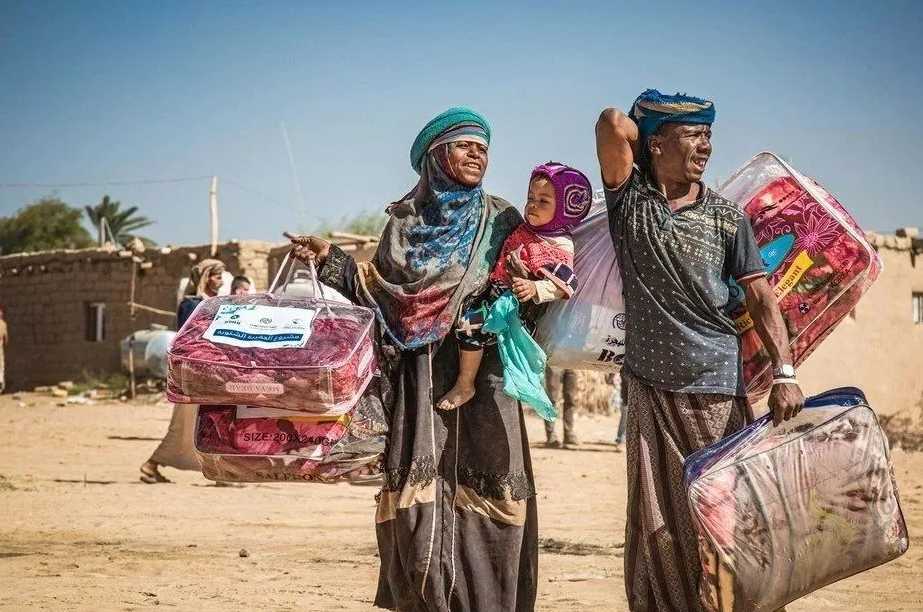Yemen is currently under the fragmented control of four major forces: the Yemeni government, the Houthi rebels, the Southern Transitional Council, and various extremist groups. The Houthi rebels have seized large swaths of northern Yemen, including the capital Sana'a, which accounts for roughly one - third of the country's territory. When the Houthis took Sana'a, the internationally - recognized Yemeni government was forced to relocate its capital temporarily to Aden, primarily retaining control over the southern part of the nation.
However, in 2017, the Yemeni government faced a further setback when it split, giving rise to the Southern Transitional Council. By 2020, the Southern Transitional Council declared the temporary occupation of Aden. Meanwhile, extremist groups are scattered across Yemen, aiming to establish a religious state.
This long - standing chaos, which has persisted since the last century, has had a devastating impact. The civil war has ravaged the country's infrastructure, leading to economic collapse. The World Bank reports that half of Yemen's population, nearly 17 million people, are now dependent on emergency humanitarian aid to survive. In this day and age, children rummage through garbage for sustenance, and according to the United Nations, about 80% of the population, approximately 24 million people, are mired in extreme poverty. Yemen's once - promising future is now overshadowed by the unrelenting cycle of conflict, leaving its people in a desperate struggle for survival.








